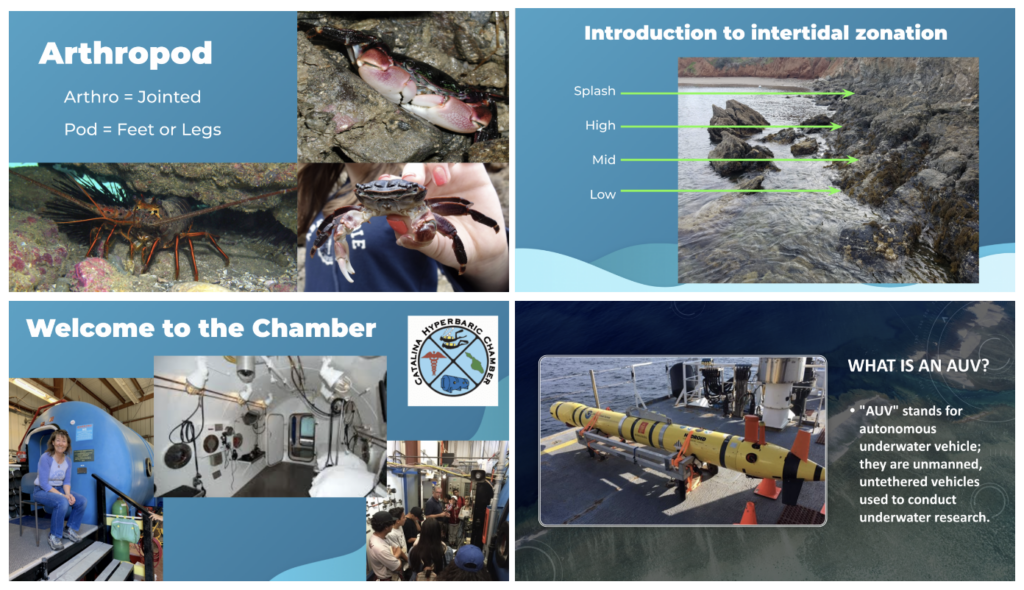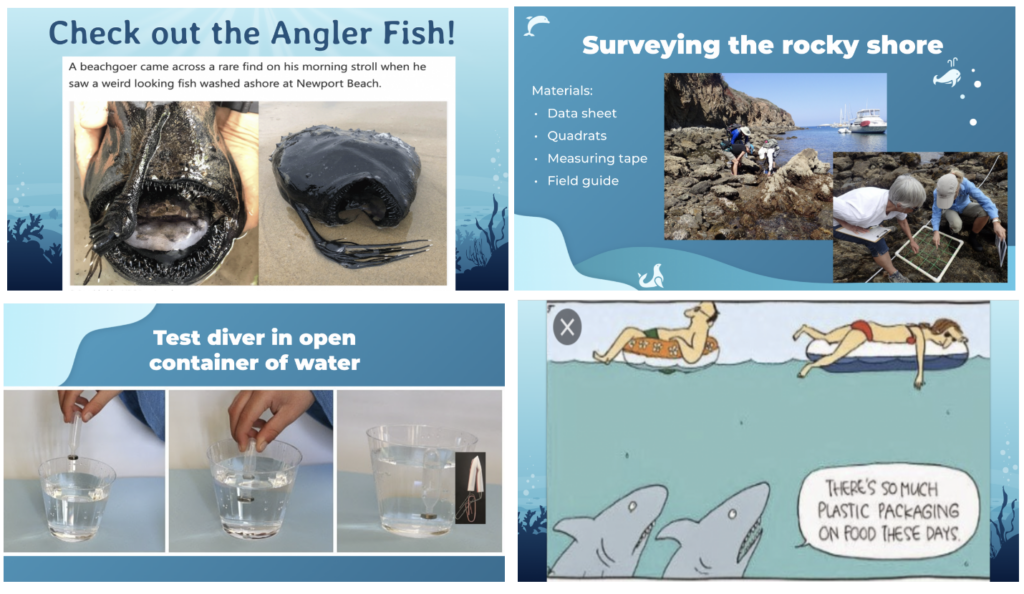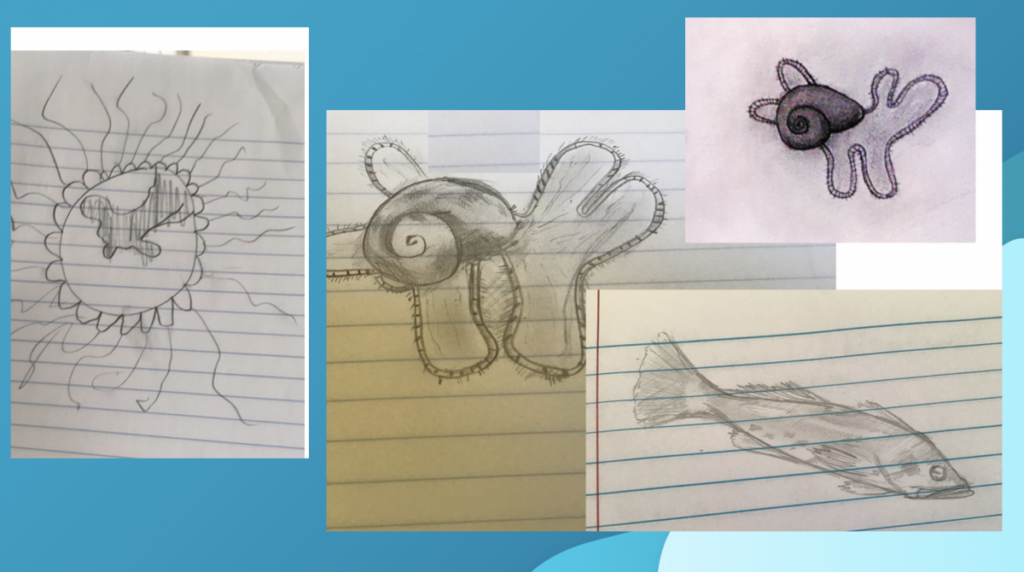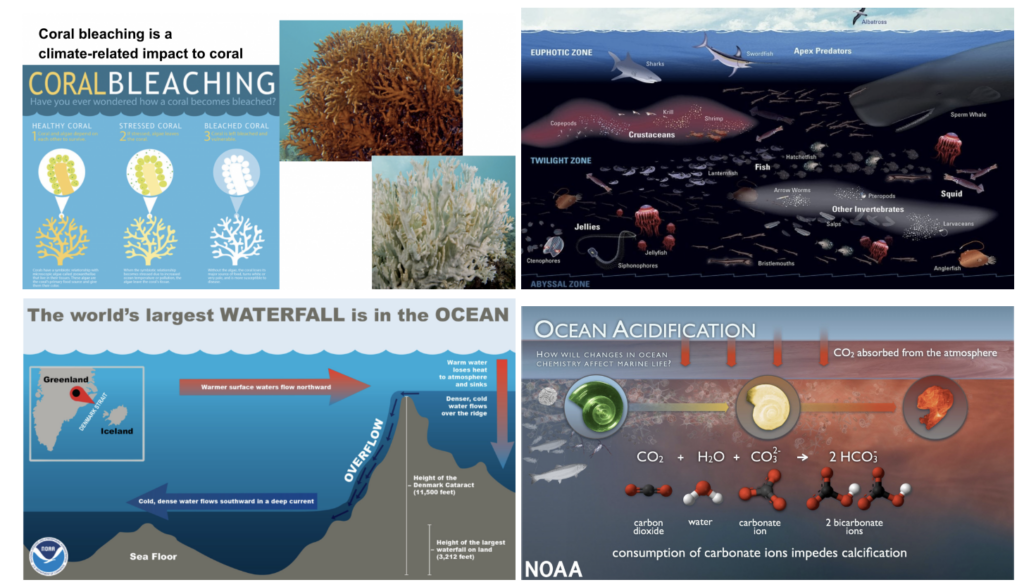
LAUSD Partnership Increases STEM Access to Inner City Youth
When COVID-19 shifted school to become fully virtual in 2020, it placed increased stress on education and magnified disparities in virtual learning for students in underserved communities where there is often a lack of quality science education. In response, Los Angeles Unified School District (LAUSD) partnered with education providers to create better inclusion opportunities and increased educational support. This partnership saw such success with underserved populations, that it was expanded into the 2020-2021 school year and continues today.
COVID-19 Leads to New STEM Partnership, Summer 2020
LAUSD is the largest public school district in the state of California, and the second-largest public school district in the country. The district serves almost 700,000 K-12 students in over one thousand schools, with almost 80% of these students from families living in poverty[1]. Non-formal education partners across Los Angeles recognize and prioritize the support of STEM literacy in-classroom programs and have worked for decades to build long-term partnerships with formal partners. After the onset of the citywide school closures due to COVID-19, requiring students to learn from home, LAUSD agreed to an innovative partnership that sought better inclusion and increased educational support by inviting non-formal partners to provide enriching STEM programs for students, teachers, and families. Through the Season of STEM effort cultivated in partnership with the Mayor’s Fund for Los Angeles Expand LA program, an out-of-school virtual enrichment program was initiated during the Summer of 2020 to “provide equitable access to STEM learning enrichment opportunities, particularly for students in need of learning support.”[2] The partnership began with eight non-formal education providers, including USC Sea Grant and the Wrigley Institute for Environmental Studies (WIES).
Los Angeles After School Enrichment Class, 2020-2021
Because of the success of the Season of STEM during summer 2020, LAUSD expanded the partnership in fall 2020 to develop a curriculum for a virtual, voluntary after-school enrichment class to provide further education to inner city students. Focusing on the exploration of ocean sciences, USC Sea Grant and WIES were integral in creating a first-of-its-kind curriculum for an online environment. A successful first course was developed and taught in the fall of 2020, and this momentum continued into 2021 with a second spring course spanning a 15-week period from early February until late May. Together, USC Sea Grant and WIES provided an interactive, observational learning experience for 7th graders across Los Angeles. Students learned about a plethora of ocean topics including intertidal organisms, research methods, pressure and diving, ocean exploration, and listened to speakers on deep sea organisms, deep sea dives, and ocean science careers.

Although the program was voluntary, it included consistent participation from 17 children throughout Los Angeles. Further, LAUSD provided facilitation from the district teacher, Mr. Steven Firestein, and was active in encouraging the student population to attend. One reason the virtual after-school program maintained such high interest from students was due to the engaging and thrilling nature of the course. Led by education experts Lynn Whitley (Pre-College Education Program Coordinator for WIES & secondment assignment with USC Sea Grant), Linda Chilton (USC Sea Grant Education Programs Manager), and Lorraine Sadler (WIES Education Specialist), this trio immersed students into a colorful, descriptive ocean world that sits just miles outside their windows. Beyond bringing to life the ecosystem and creatures of the sea, these experts cultivated a supportive environment for students to learn how to become scientists at home, create observations, and make connections to STEM career opportunities.
Further, the creativity and engagement of the course were enhanced by Ms. Sadler’s immense depth of knowledge, as well as her lively and artistic passion. She incorporated her expertise in sea life in an abundance of informative, creative, weird, and funny content such as slides, videos, jokes, and hands-on experiments. Ms. Sadler’s success in having students feel her enthusiasm was also driven by her dedication to finding new ways to keep students engaged and the fun she experiences in learning from her class. Further, Ms. Sadler expressed the importance of engaging students to instill that they can make a difference in informing science knowledge by paying it forward and passing it along to friends, parents, and others.

The spring 15-week course began with a routine “mindful moment,” praised by LAUSD’s facilitator Firestein as a great and beneficial way to start class. Further, the course focused on observations by providing an opportunity to enter data observations and to draw illustrations in a routine science observation journal. This teaching method was praised by Firestein: “the information provided helps the students to become good observers; it’s great for their critical thinking skills and for conducting research in the field…and will help prepare them for further science and related classes.”

As described by Ms. Chilton, “Together we’ve experienced the limits in equitable resources and technology, as well as capacity in reaching the communities of Los Angeles. One of the most important roles we have is being present for teachers and students who are otherwise isolated, to let them know their thoughts and talents matter…and provide an opportunity to expand student interests and skills.”
Evaluations of this afterschool program have displayed just that, an increase in interest and confidence in STEM-related fields for both students and their teachers. Many students increased their use of scientific language over the duration of the course, and they discovered how science concepts and skills are applied throughout their lives. They also discovered that they could innovate and problem solve, as well as consider a multitude of STEM fields they otherwise wouldn’t have considered.
2020-2021 LAUSD Partnership Continues with Summer School 2021 and Beyond
In response to the positive results, high interest from students and teachers, and a desire to provide students additional support before the start of the fall semester, the LAUSD partnership decided to continue efforts with the initial summer school program. Over the course of summer 2021, USC Sea Grant and WIES partnered with the non-profit organization Drawdown Youth to provide a 6-week virtual course on climate and sustainability for middle schoolers. Similarly to the LAUSD Afterschool program, the summer school course was voluntary, and the program saw consistent participation by about 20 students. The course first consisted of USC Sea Grant and WIES’s science instruction on climate and its connection to the ocean and atmosphere, and then was followed by Drawdown Youth who focused on how students can make a difference in their own lives through concrete actions such as making compost bins. Ms. Whitley expressed: “I was pleased with how well USC Sea Grant and WIES shared marine science content and ideas to create an excellent learning experience for the students, engaging them in basic oceanography principles and science content that prepared them for the knowledge taught in the second part of the course.” Throughout these 2020 and 2021 courses, in addition to their excellent teaching abilities, Ms. Whitley and Ms. Sadler have undoubtedly conveyed their passion for the ocean and the wonder found in this amazing environment.

As summer comes to an end, the original partnership of eight non-formal providers, including USC Sea Grant and WIES, continues to grow and now includes over 30 non-formal STEM providers. This increase in partners reveals that although the extended period of virtual classes was indeed a difficult time, it provided a benefit in continuing education avenues and cultivating a narrowed focus on improving STEM education and inclusivity for LAUSD students. For example, the partnership was beneficial for nonformal STEM providers who otherwise were unable to connect with their usual audiences (such as through field trips), and for LAUSD staff and students who increased their understanding of the riches of resources available within the Los Angeles region.
USC Sea Grant continues to partner with STEM nonformal providers across Los Angeles County to ensure students will have access to the large network of learning resources across the region. This includes continuing the partnership with LAUSD teachers by reaching students through virtual and in-class presentations. Further, this ability to increase STEM opportunities and build environmental literacy for the urban youth, especially those within underserved communities, is a core mission of USC Sea Grant and our program continues to strive to provide capacity building for organizations and direct education for students and their families across the greater Los Angeles region.
References
[1]https://achieve.lausd.net/site/handlers/filedownload.ashx?moduleinstanceid=62063&dataid=99784&FileName=LAUSD_Fingertip%20FactsF2020-21_English.pdf
[2] https://mayorsfundla.org/program/la-stem-enrichment-intermediary/